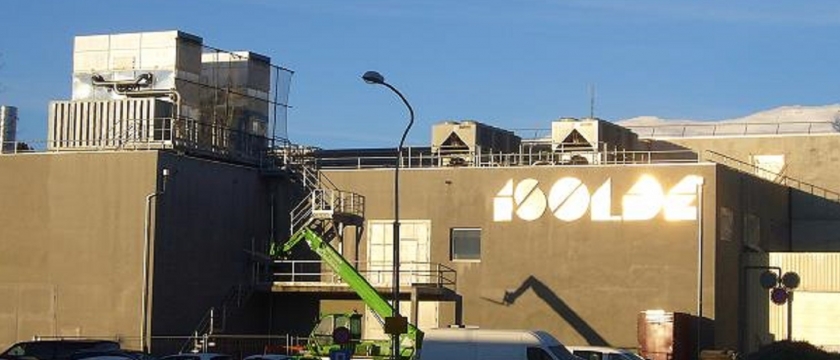Archive
Newsletter Articles
…
December 2021 - February 2022
A High-Granularity Timing Detector (HGTD) using Low Gain Avalanche Diodes (LGAD) silicon sensors is being constructed for the ATLAS phase-II upgrade program as a powerful way to address the challenges of the High-Luminosity LHC program [1]. The goal…
Read MORE
…
December 2021 - February 2022
During the LHC Long Shutdown 2 (2019-2021), many subsystems of the CMS experiment are being upgraded including its muon system. This is located on the outer part of the experiment and consists of various types of gaseous chambers. The muon system…
Read MORE…
December 2021 - February 2022
After three years of challenging and intense upgrade activities and installation campaigns of LHC Long Shutdown 2 [1], ALICE started global commissioning in July to embark on a new data-taking period. Upgraded detectors and their new readouts were…
Read MORE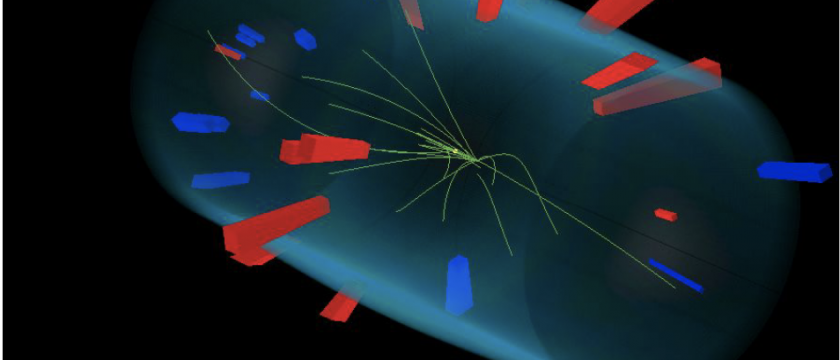
…
December 2021 - February 2022
The Long Shutdown 2 (LS2) is almost over and CERN, along with the experiments at the Large Hadron Collider (LHC), is preparing to welcome the Run 3 next year. As part of the preparation for Run 3, during the last two weeks of October, LHC circulated…
Read MORE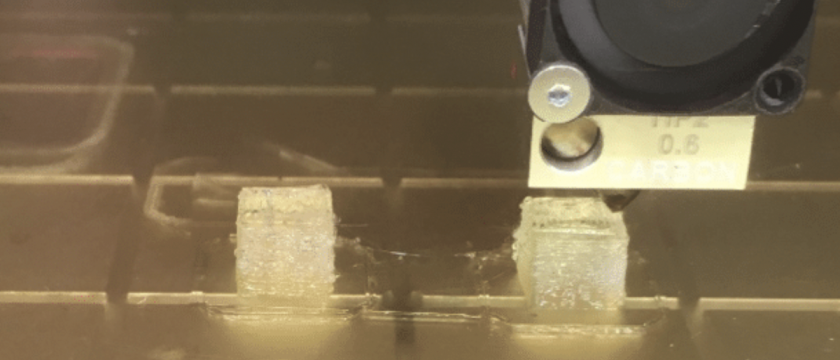
…
September 2021 - November 2021
Plastic scintillator is one of the most used active materials in high-energy physics. The “3D printed Detectors” (3DET) collaboration was formed in 2019 with the goal of investigating and developing additive manufacturing as a new production…
Read MORE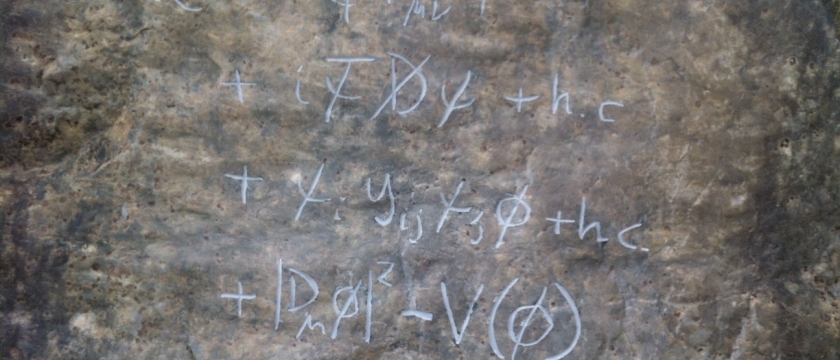
…
September 2021 - November 2021
July 23rd 2021 was a sad day for the world of theoretical physics, which witnessed the passing of three giants of the field: Steven Weinberg, Toshihide Maskawa and Miguel Virasoro. Weinberg and Maskawa were awarded Nobel Prizes for their…
Read MORE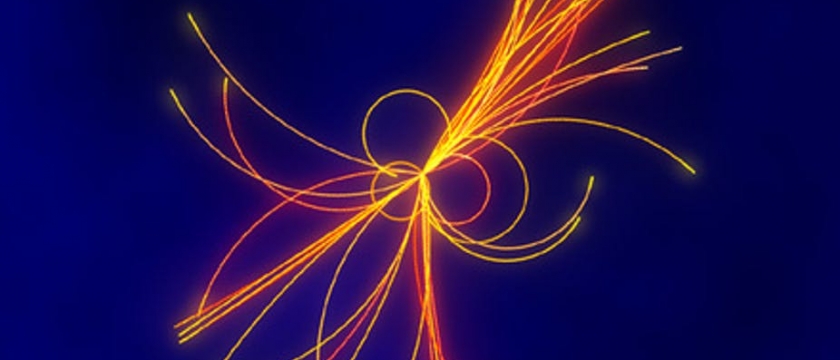
…
September 2021 - November 2021
The discovery of a new particle in 2012 by the ATLAS and CMS experiments at CERN was just the beginning in understanding the properties of this particle and its potential link to some of the most pressing fundamental questions in modern physics.…
Read MORE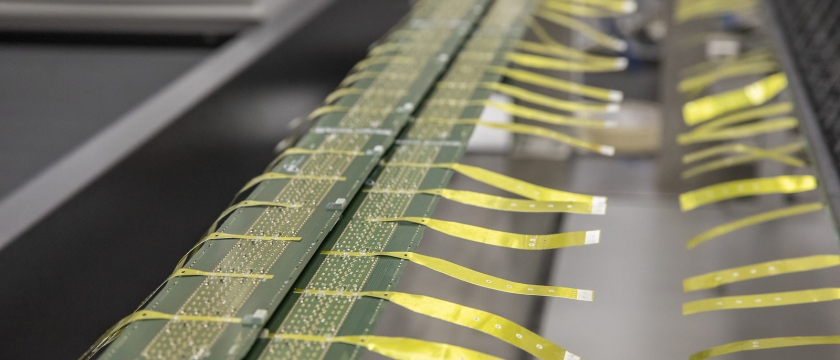
…
September 2021 - November 2021
It was reported in the previous edition of the EP Newsletter (1) that the European Strategy for Particle Physics Update (EPPSU (2) recommended that “Organised by ECFA, a roadmap should be developed by the community to balance the detector R&D…
Read MORE

